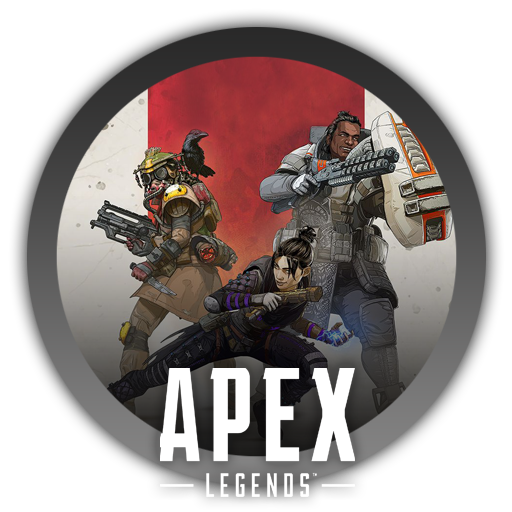Season 2 of competitive mode in Overwatch has quite a few changes. Here is a basic overview of some of those changes:
Skill Rating:
The skill rating system is measured differently than season 1. The scale ranges from 1-5000 instead of the 100-point rating scale in season 1. There is also a skill rating decay for any player with skill rating above 3000. Once above 3000, players must compete in one competitive match every 7 days or 50 points are deducted from their skill rating for every 24 hour period they are not active in competitive mode. The skill rating decline stops once the player completes a competitive match.
Skill Tiers:
Each tier is assigned an icon based on the numerical rating. The following shows the 7 skill rating tiers:

Players with skill ratings that fall below the cutoff will most likely not be moved down after being promoted into a new tier. The exception is for players in the Master and Grandmaster tiers.
Grouping Restrictions:
In most tiers, player will not be able to group if they have more than 1000 skill rating difference between players. For Master and Grandmaster tiers, the skill rating difference is 500.

Game Modes:
Sudden death has been removed for season 2. Teams are now timed throughout the match. When a competitive match is tied after both teams have played a round on offense and one on defense, a new rotation is played using the new time bank system. The amount of time played for the new rotation is dependent upon how much time was left on the clock at the end of the previous round.
Teams with less than 60 second remaining will have 60 seconds on the clock. Each game mode has different break downs:
Escort Maps (Dorado, Route 66, and Watchpoint: Gibraltar):
- In cases where both teams end a rotation having played on both attack and defend, and both teams have escorted the payload to the final objective, the remaining time is used:
- If both Team 1 and Team 2 have at least 60 seconds of time remaining, then a new round rotation starts with both teams playing a round on attack with the remaining time.
- If either team or both teams have less than 60 seconds remaining, then the team with less remaining time is given more time to bring their time to 60 seconds. The other team receives the same amount of time added . A new round rotation begins with both teams playing a round on attack with the time remaining.
- When a new map rotation starts and both teams are going to play, then the team with less remaining time starts the next rotation on attack.
- For the second and additional rotations, no bonus time is added when the payload reaches a checkpoint.
Assault Maps (Hanamura, Temple of Anubis, and Volskaya Industries):
- In cases where both teams end a rotation having played on both attack and defend with the scored tied:
- If both Team 1 and Team 2 have 0 time remaining on the clock, then the match results in a DRAW.
- If both Team 1 and Team 2 have at least 60 seconds of time remaining, then a new rotation begins with both teams playing a round on attack with the remaining time.
- If Team 1 has less than 60 seconds of time but more than 0 seconds, and Team 2 has at least 60 seconds of time, then a new rotation begins. Team 1 is given additional time to increase the remaining time to 60 seconds, and Team 2 is also granted the same amount of additional time to their time bank.
- If Team 1 has 0 time remaining, and team 2 has at least 60 seconds of time, then team 2 plays a final round on attack with their remaining time. If Team 2 can take the first map objective during their remaining time, they win. If they do not, the match results in a DRAW.
- If both Team 1 and Team 2 have less than 60 seconds of time remaining, then a new rotation begins, but it is the final rotation for both teams—even in the rare case a team could take both map objectives in less than a minute. The team with the smallest amount of remaining time is given additional time to increase their remaining time to 60 seconds, and the other team is also given the same amount of additional time.
- Whenever a new map rotation starts and both teams are going to play, then the team with less time remaining starts the next rotation on attack.
- When a team on attack takes the first map objective, they receive 4 minutes of additional time during the first team rotation and 30 seconds during subsequent rotations.
Assault/Escort Maps (Hollywood, King’s Row, and Numbani):
- In cases where both teams end a rotation and played on both attack and defend and neither team took the first map objective, then the match results in a DRAW.
- In cases where both teams end a rotation having played on both attack and defend, and both teams have escorted the payload to the final objective, we examine their remaining time:
- If both Team 1 and Team 2 have 0 remaining time, then the match results in a DRAW.
- If both Team 1 and Team 2 have at least 60 seconds of time remaining, then a new rotation begins with both teams playing a round on attack with their remaining time.
- If Team 1 has less than 60 seconds of time but more than 0 seconds, and Team 2 has at least 60 seconds of time, then a new rotation begins. Team 1 is given additional time to increase their remaining time to 60 seconds, and Team 2 is also given the same amount of additional time to their time bank.
- If Team 1 has 0 remaining time, and team 2 has at least 60 seconds of time, then team 2 plays a final round on attack with their remaining time. If Team 2 can take the first map objective during their remaining time, they win the match. If they do not, the match results in a DRAW.
- If both Team 1 and Team 2 have less than 60 seconds of time remaining, then a new rotation begins, but it is the final rotation for both teams—even in the rare case a team could take both map objectives in less than a minute. The team with less remaining time is given additional time to increase the remaining time to 60 seconds, and the other team is also given the same amount of additional time.
- Whenever a new map rotation starts and both teams will be playing, then the team with less time remaining starts the next rotation on attack.
- For the second and additional rotations, no bonus time is added when a team takes the first map objective or the payload reaches a checkpoint.
(Thank goodness the coin toss has been removed!)
Competitive Points:
The competitive point system has also been updated. In season 2, players receive 10 points for winning a game. The price of Golden Weapons is 3000 opposed to the 300 amount in season 1. Players in a match that results in a draw will also be awarded 10 points. A cap of 6,000 points has been placed.
Top 500:
Players who have won at least 50 competitive games are eligible for a spot in the Top 500. Anyone who has not played a competitive match in 7 days will automatically be dropped from the Top 500.
Leaver Penalties:
A 10-minute penalty has been added for any player that leaves an in-progress match.
It is great to see the amount of effort put towards making a quality competitive experience. Season 2 has felt a lot more balanced in comparison to Season 1.
Competitive play started September 1, 2016.













